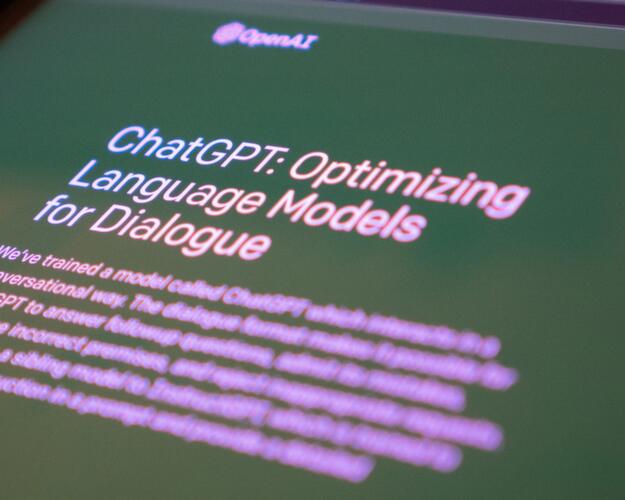
What Google’s ‘Helpful Content’ SEO update means for content and thought leadership
Tips for creating content that is by people, for people
It's long been accepted that having a company blog is one of the best ways to boost SEO. But, the characteristics of a good blog are changing. In August 2022, Google announced its ‘Helpful Content’ update, which wants future online content to be written ‘by people, for people’.
The reasoning is sound. Previous algorithms rewarded things such as word count and well-placed keywords. These were gamed, too often resulting in box-ticking content that was easy to discover, but hard to read, on everything from company blogs, to recipe sites, to the media.
Google has recognised that its algorithms were supporting this race to the bottom, and made some changes. And, following the update, it has been good enough to tell us exactly what it’s Helpful Content update requires – content that is original, helpful and written for humans.
How NOT to write SEO content
First, we need to confront a difficult truth: many previously sensible approaches to SEO content have been made redundant overnight. Google made clear that the following well-established practices will now actually hamper your visibility in search.
- *Content designed to link to search keywords rather than solving real problems
- *Lots of content on lots of different topics
- *Content written using automation
- *Summarising other’s opinions without adding value
- *Piggybacking on trending issues that are not of primary interest to your audience
- *Commenting on niche areas without expertise
If you were doing these until recently, you probably had a pretty good SEO programme in place. If you are doing them now, you may be undermining your brand and your search presence.
It’s time to change tack. But how?
How to write ‘Helpful Content’ that Google (and your customers) will love
Here are the new criteria for what Google will prioritise in its search results, and how to create content that meets these requirements.
Criteria 1: Have an audience in mind that will find the content useful
Solution: Know your audience.
Don't take your cues from Twitter - go to the source. Speak to or survey your customers. If you can’t speak to them, speak to the people in your organisation who work directly with them. Find out what they care about, what they are interested in, where they feel their knowledge gaps are. Use that to plan your content.
Criteria 2: Have a primary focus for your site

Solution: Stick to the point.
Google wants to use your content to make your site rank against relevant searches. But there’s still a lot of content out there to sift through. So the more specifically your content focuses on the problems your company solves – rather than flitting between opinions on hot topics (no one outside your organisation cares about your work-from-home policy) – the better it will rank for your customers.
Criteria 3: Demonstrate first-hand expertise and depth of knowledge
Solution: Make use of subject matter experts.
You can no longer rehash old opinions or reword someone else’s ideas to fill content pipelines – you need original expertise that comes from within. Mostly that means talking to experts - your own, your customers, or your network – to tease out original ideas on customer challenges, which do not already exist online. Your own research is also a good source of original content.
Criteria 4: A reader of your content should feel they've learned enough to help achieve their goal

Solution: Offer practical advice.
A key element of content that drives action is actionable insights – practical recommendations that help readers overcome business challenges. These insights should come from your experts, but they are all the more valuable if they are framed as workable solutions to challenges, rather than a general discussion of a topic.
Criteria 5: Someone reading your content should leave feeling like they've had a satisfying experience
Solution: Tell a good story.
The whole point of this update is to encourage content written by humans, for humans. So in all of the above, write well. Particularly for abstract areas of science and tech, use storytelling, visual language, anecdotes, and metaphors. Good writing is not enough on its own – you still need the underpinning insight. But it is critical for communicating that insight both to readers and – now – to Google.
How Memetic can help
For years, Memetic has helped companies create quality thought leadership that informs specialist audiences. That is now not only what audiences want, but what Google search wants. If you are interested in moving your content programme from an algorithm-first to a customer-first approach, get in touch: info@memetic-comms.com
For more insights like this, sign up to our newsletter.









